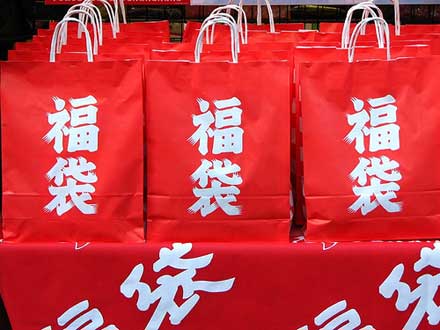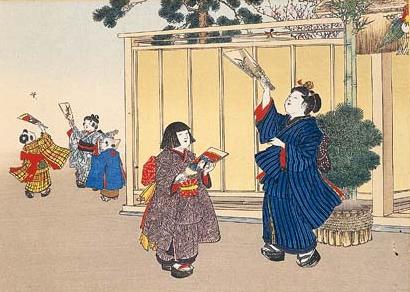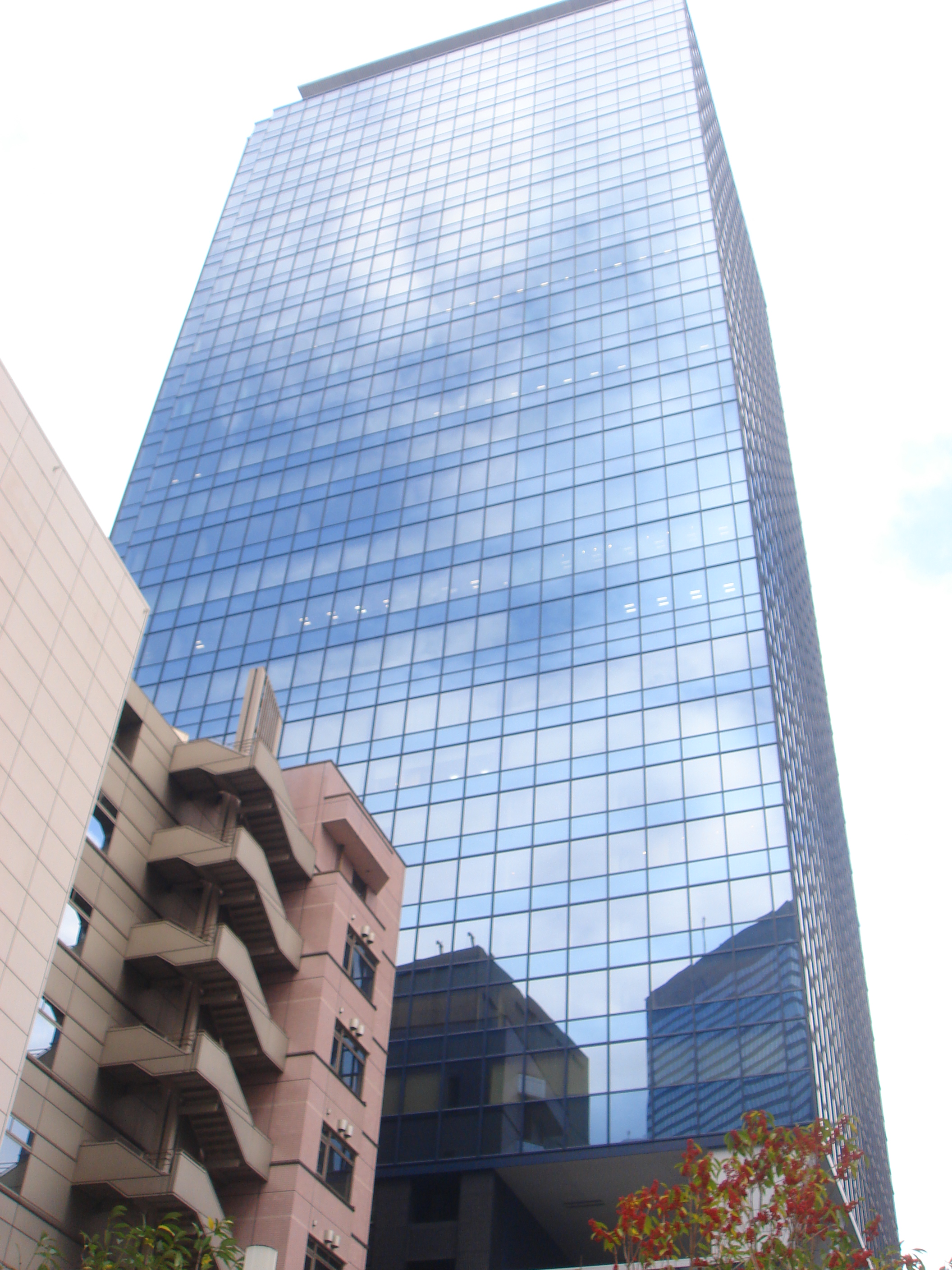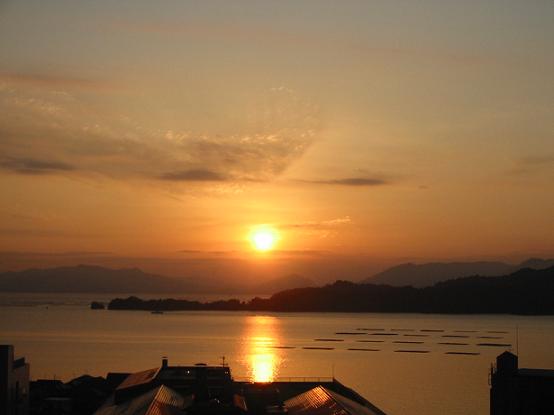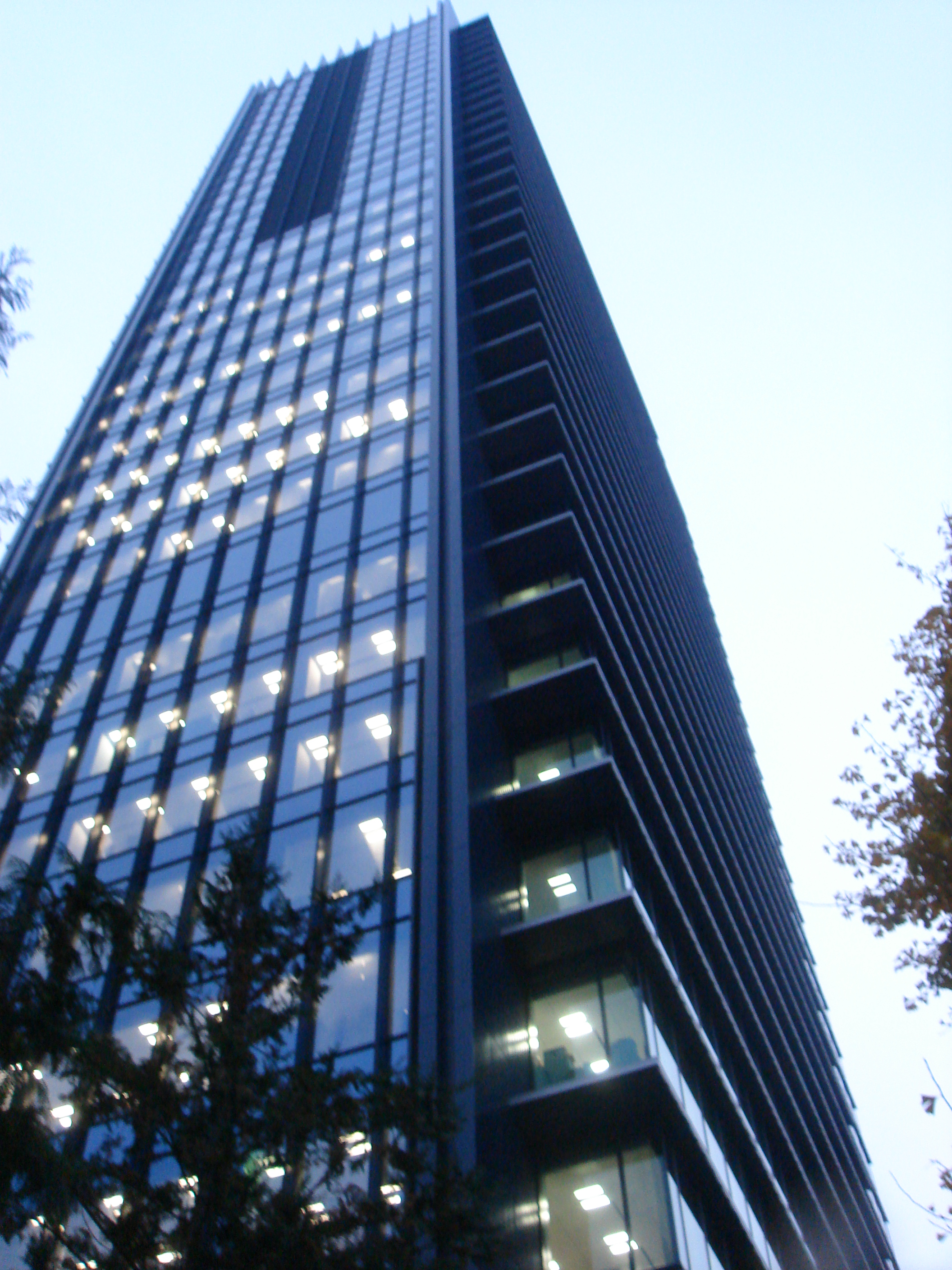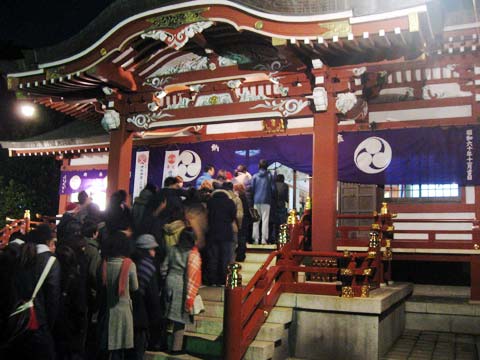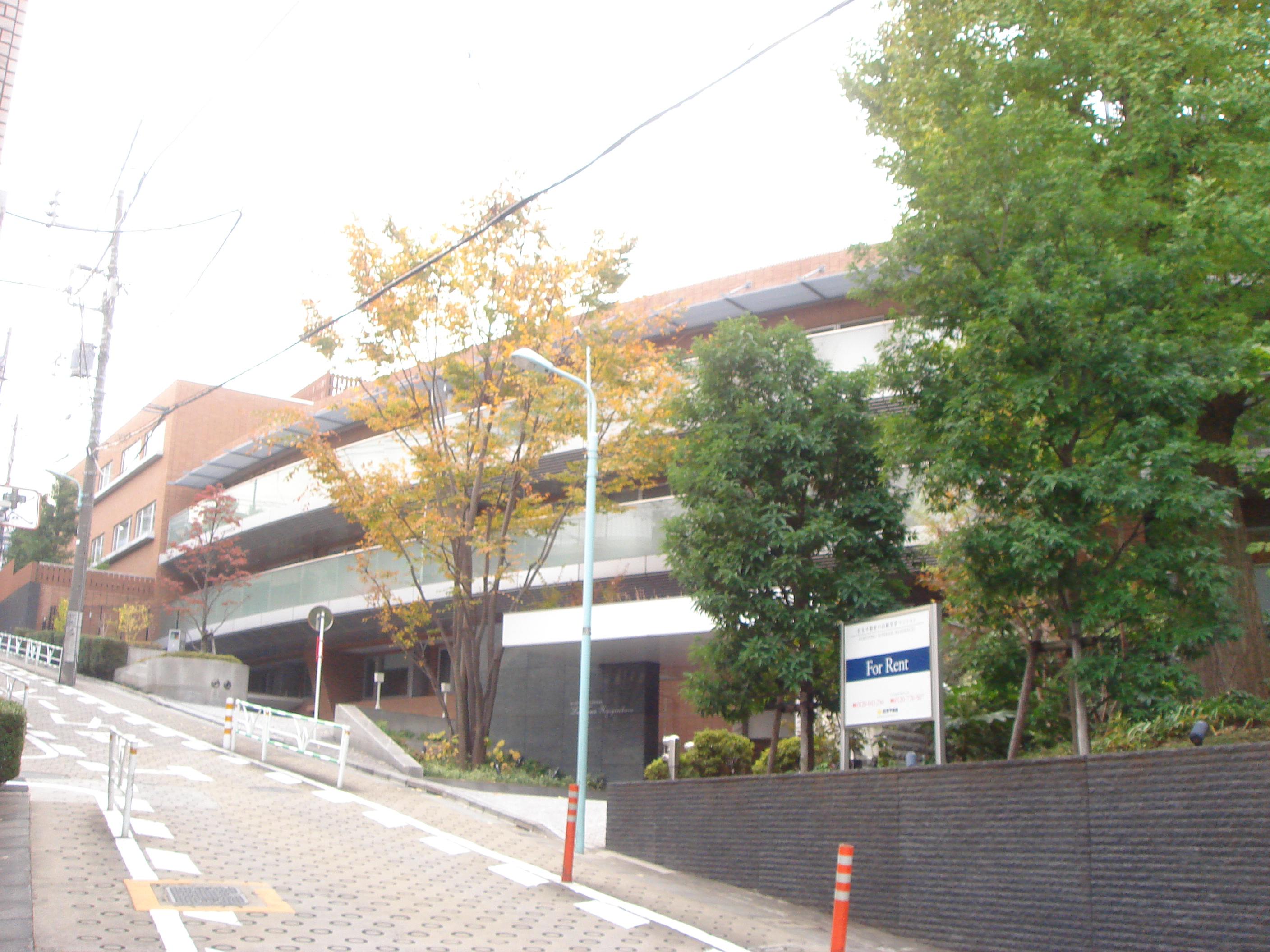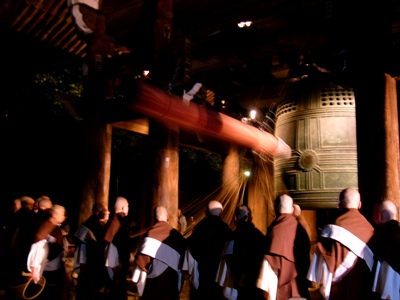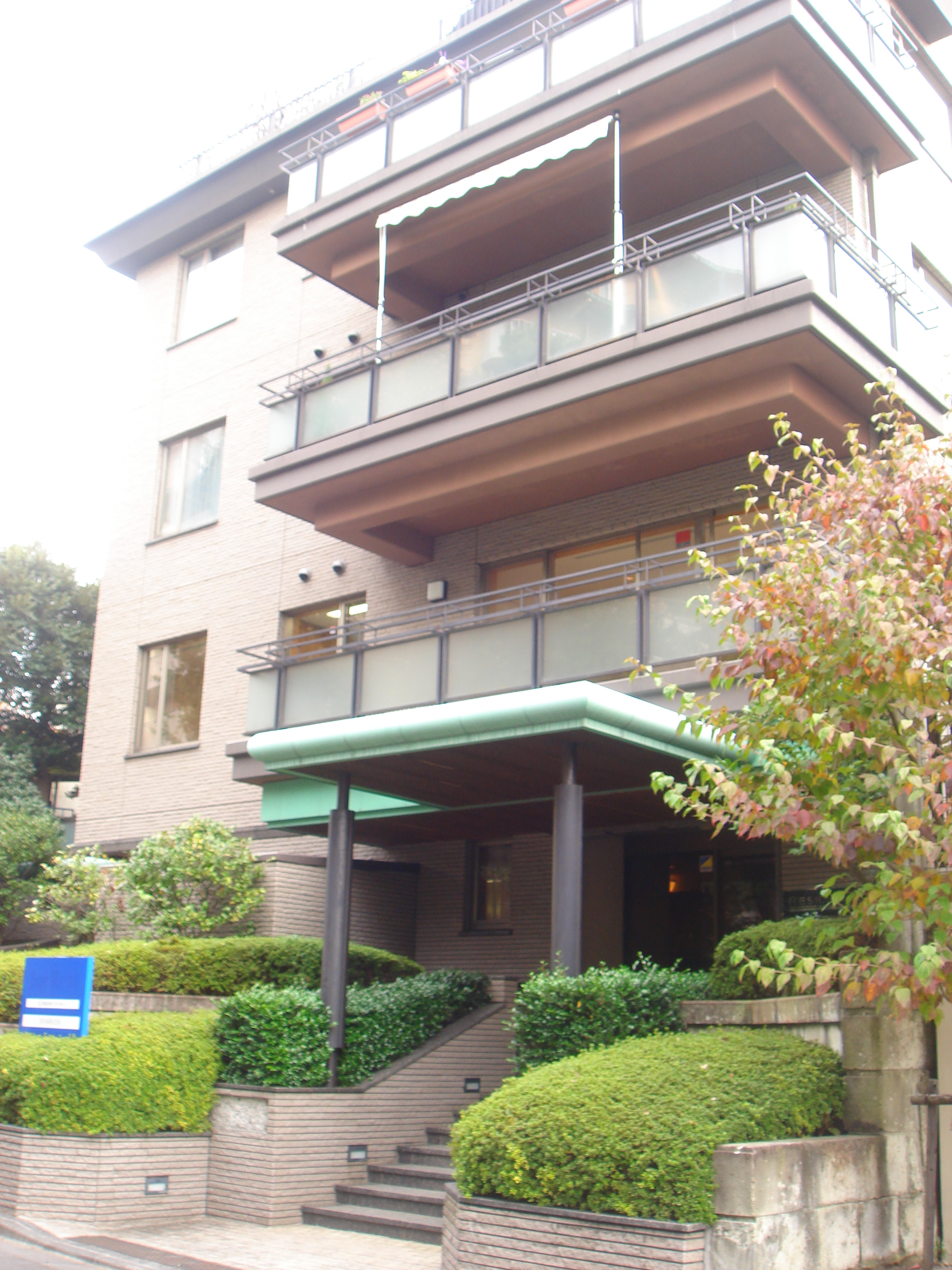- 01/02/2011
- 02/27/2021
Big Winter Sale in Japan – Fukubukuro
Sadly, there?is no boxing day in Japan.? But that doesn’t mean there is no sale! The probable largest sale season is the few days after New Year’s Day.? There are big sales of course, and another delight – Fukubukuro. Fukubukuro (胼頮?) is translated ‘lucky bag’ or ‘mystery bag’.? The former?gets the literal meaning better, but the latter is a good one too. Fukurukuro is a bag filled with unknown random contents and sell them for a substantial discount, usually 50% or more off the list price of the items contained within.? The low prices are usually done to attract customers to shop at that store during the new year.? ?Fukubukuro usually are snapped up quickly by eager customers.??Some stores have long lines hours (or even days!) before the store opens. Traditionally, Fukubukuro?meant a bag with luck and happiness inside.??Representitively, Daikokuten (紊ч??紊?), the God of fortune, toted a Fukubukuro, Lucky Mallet (there is another story about this item), and rice bale.? This can be seen in the drawing above. Fukubukuro in the commercial world?was invented by Ginza Matsuya, a department store, in the late Meiji period.??It was?an easy way for stores to unload excess and unwanted merchandise from the previous year, […]
